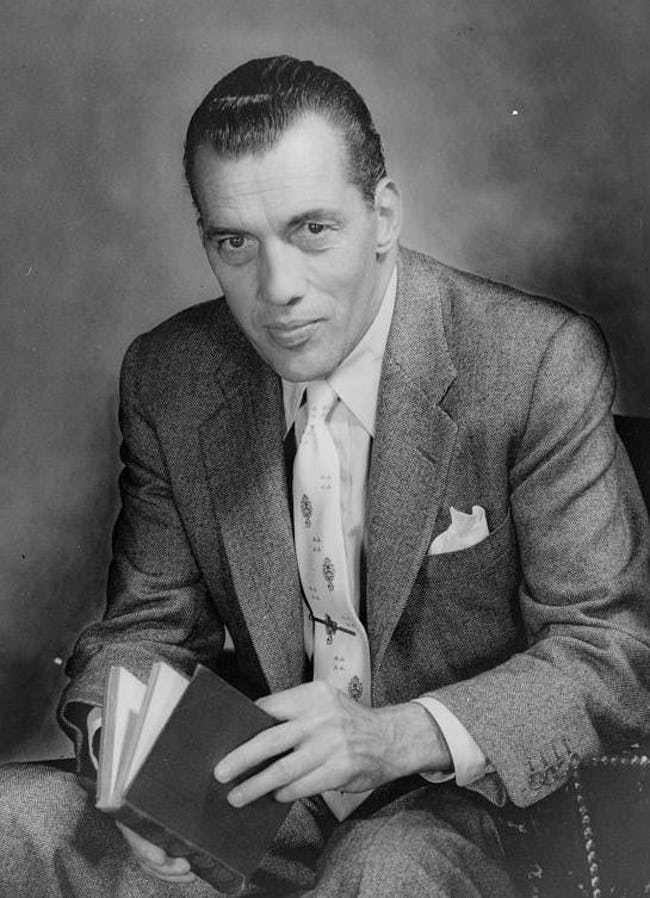Nationality USA Education Cooper Union Role Architect | Name Herbert Krapp | |
 | ||
Structures Similar People Edwin Forrest, Ed Sullivan, Eugene O'Neill, Neil Simon, Ethel Barry | ||
Herbert j krapp top 10 facts
Herbert J. Krapp (1887, New York City, - 1973, Florida) was a theatre architect and designer in the early part of the twentieth century.

Krapp was an apprentice with the Herts & Tallant firm, where he was involved with designing the plans for the Lyceum, Shubert, Booth, New Amsterdam and Longacre Theatres, among others. He departed the firm in 1915. Between 1912 and 1916 Krapp began working directly with the Shubert brothers; eventually he would become their primary architect. He also designed theatres for the Chanin brothers.
Krapp was well known for his ability to use his building space to its fullest potential. For the Majestic Theatre, Krapp incorporated stadium seating into the plans for the orchestra level, creating better sightlines and allowing for the creation of larger lounge and lobby areas. He designed the Ambassador Theatre on a completely diagonal plan to fit it into a small space. Krapp was responsible for completely renovating the Winter Garden Theatre and the Helen Hayes Theatre in the 1920s. He also designed the Hotel Edison, the Lincoln Hotel (now the Row NYC Hotel), and numerous other buildings.
Although the stock market crash of 1929 brought an end to the theatre building boom, Krapp remained with the Shuberts until 1963, supervising the maintenance and renovations of the existing venues. He also experimented with inventing; one of the tools he created was patented and used by the U.S. Air Force. He died in Florida in 1973.
